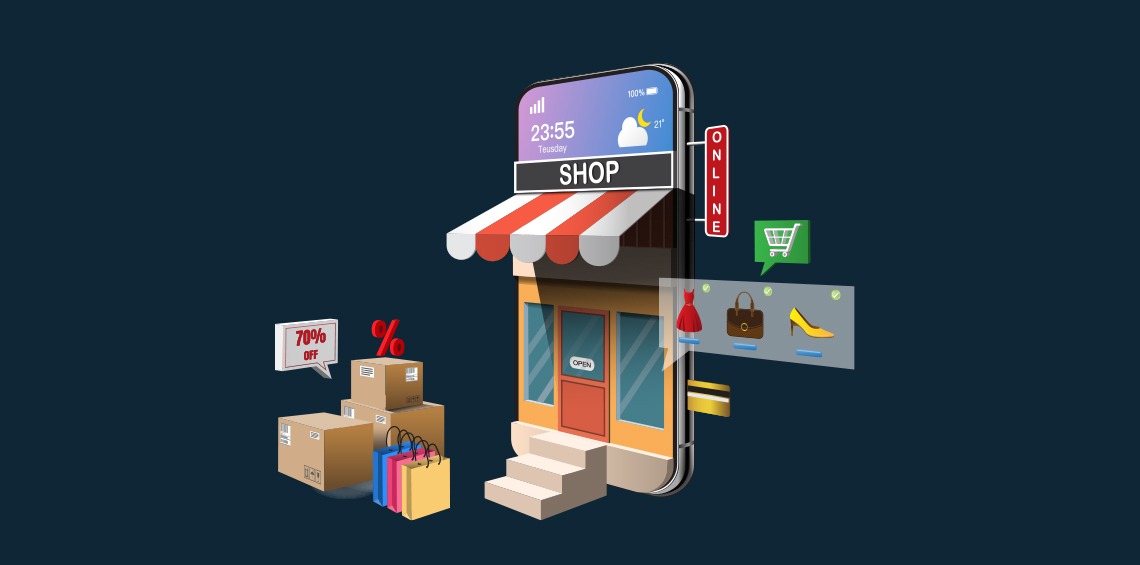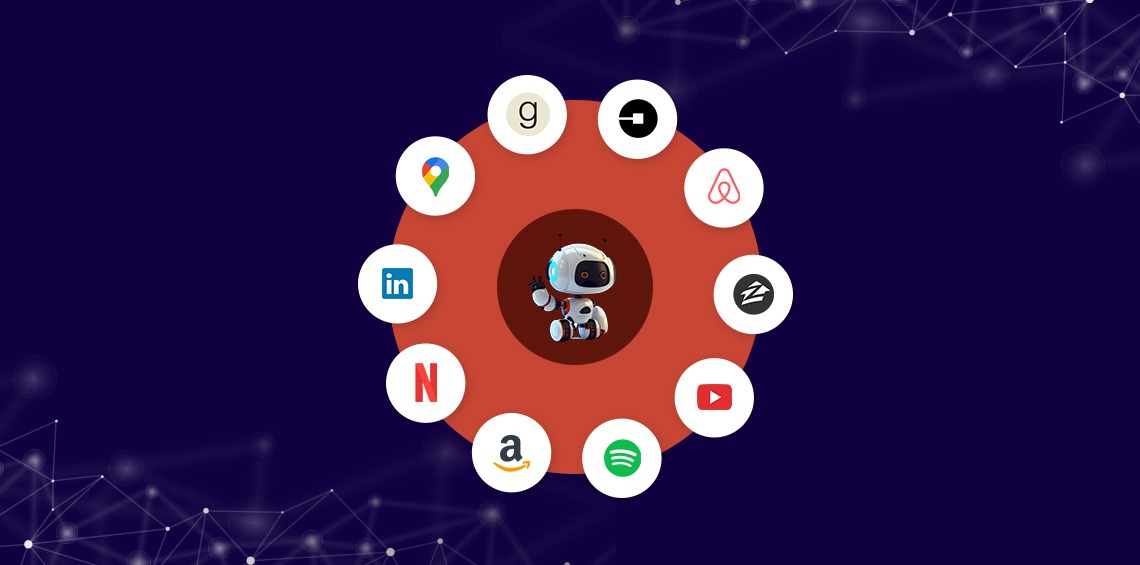AI-powered recommendation systems have revolutionized the way businesses interact with their customers. With machine learning algorithms, these systems are capable of processing vast amounts of data, analyzing user behavior and preferences, and providing personalized and accurate recommendations.
One of the most prominent examples of AI-powered recommendation systems is the product recommendation engines used by e-commerce websites. These systems collect data on a customer’s purchase history, browsing behavior, and other relevant data to generate product recommendations that are tailored to their individual needs and preferences. This helps businesses increase sales, improve customer engagement, and build long-term loyalty.
Another area where AI has made significant advancements in recommendation systems is in the entertainment industry. Streaming platforms such as Netflix, Amazon Prime, and Hulu use machine learning algorithms to analyze user data and recommend movies and TV shows that they are likely to enjoy. This has led to a more engaging viewing experience for users and helped these platforms increase their subscriber base.
AI-powered recommendation systems are also being used in healthcare to personalize patient care. By analyzing patient data such as medical history, symptoms, and demographic information, AI algorithms can provide personalized treatment recommendations that are tailored to the specific needs of each patient. Ultimately, this could improve patient outcomes and reduce healthcare costs.
In this blog, we will explore the role of recommendation systems in the retail industry and how they are transforming the way customers shop.
What is a recommendation engine/recommender system?
Recommender systems are algorithms that analyze customer behavior and purchase history to suggest products or services that they may be interested in buying. These systems use machine learning and artificial intelligence to analyze customer data and create personalized recommendations.
The goal of an e-commerce recommendation system is to increase sales and customer satisfaction by providing relevant product suggestions that match the customer’s preferences and needs.
Common Approaches for Building Ecommerce Recommendation Engines:
1. Collaborative Filtering: This approach uses the behavior and preferences of users to make recommendations. It analyzes data of users that have similar buying behavior or preferences and recommends products or content that they have liked. It is further possible to divide collaborative filtering into two categories: item-based filtering and user-based filtering.
- User-Based Collaborative Filtering: In this type, recommendations are based on similar users’ behavior. If user A likes item X and user B has similar preferences, the system will recommend item X to user B.
Example: Netflix uses user-based collaborative filtering to recommend movies and TV shows to users based on their viewing history and viewing history of similar users.
- Item-Based Collaborative Filtering: In this type, recommendations are based on the similarity between items. When user A likes item X and item Y is similar to item X, the system will recommend item Y to user A.
Example: Amazon uses item-based collaborative filtering to recommend products to users based on their past purchases and the similarities between products.
2. Content-Based Filtering: This approach uses product features or content to make recommendations. It works by analyzing the attributes of the products or content that a user has previously liked and recommending products or content with similar attributes. For example, a movie streaming service might recommend movies with similar genres, actors, or directors to those that a user has previously watched.
3. Hybrid Filtering: This approach combines both collaborative and content-based filtering to make recommendations. It works by analyzing both user behavior and product attributes to generate recommendations. Hybrid filtering has been shown to produce more accurate recommendations than either collaborative or content-based filtering alone.
Ultimately, the choice of approach depends on the specific use case, available data, and resources. A well-designed recommendation engine should be able to adapt and refine its approach over time to provide the most relevant recommendations.
Reasons Why Recommender Systems are Necessary for your E-commerce Store.
There are several reasons why product recommender systems are needed in e-commerce:
Personalization: Recommender systems provide personalized recommendations to each customer based on their browsing history, purchase history, and other relevant data. This can help increase customer engagement and satisfaction by providing them with products that match their interests and needs.
Increased Sales: They help online stores to increase sales by suggesting products that customers are more likely to purchase. Businesses can improve their sales and marketing efficiency to maximize revenue and profitability.
Improved Customer Experience: By providing relevant and useful recommendations, they improve the overall customer experience, making it easier and more enjoyable for customers to shop online. This can also lead to increased customer loyalty and positive word-of-mouth referrals.
Efficient Marketing: They help businesses optimize their marketing efforts by targeting customers with personalized and relevant recommendations. This can help reduce advertising costs and increase the effectiveness of marketing campaigns.
Competitive Advantage: In today’s highly competitive e-commerce landscape, retail recommender systems can provide businesses with a competitive advantage by offering a more personalized and efficient shopping experience to customers.
Reduced Churn: Reduced churn refers to a decrease in the rate at which customers stop using a company’s products or services, also known as customer churn. Customer churn is a critical metric for any business that relies on recurring revenue, such as subscription-based services, because losing customers means a decrease in revenue and potential growth. By reducing churn, a company can retain more customers and increase customer loyalty, ultimately leading to higher profits and growth. Strategies for reducing churn may include improving customer service, enhancing the quality of the product or service, offering discounts to loyal customers, and implementing retention marketing campaigns.
Customer Lifetime Value (CLV): It is a metric that helps enterprises to understand the total value that a customer will bring to the company. By calculating CLV, businesses can make better decisions about customer acquisition, retention, product development, and financial planning. CLV is important as it helps businesses determine how much to invest in acquiring and retaining customers, which types of customers are most valuable, and how to allocate resources to improve the customer experience. Therefore, CLV is a powerful tool that can help businesses maximize the value of each customer and improve their long-term financial performance.
Increased Engagement: If users can quickly find content or products that interest them, they are more likely to spend more time on a website or app, which can increase engagement and ultimately lead to higher revenue.
Pick the right recommendation engine for your business.
Choosing the right recommendation engine for your business can be a complex process, but here are some key considerations to help you make an informed decision:
- Identify your business needs: Before selecting a recommendation system, it’s essential to identify the specific needs of your business. What type of data do you have? What kind of recommendations do you want to provide to your customers? Understanding your business needs will help you narrow down the options and choose the most appropriate recommendation algorithm.
- Evaluate the different types of recommendation engines: There are various types of recommendation engines, including collaborative filtering, content-based filtering, and hybrid filtering. Each type has its own strengths and weaknesses, so it’s important to understand the differences and choose one that is best suited for your business.
- Consider the scalability: The size of your business and the amount of data you have will determine the scalability of the recommendation engine. Therefore, ensure the best recommendation engine that can handle your current data volume and can scale as your business grows.
- Look at the accuracy and relevance of the recommendations: The accuracy and relevance of the recommendations are critical for the success of a recommendation engine. Therefore, choose an engine that provides accurate and relevant recommendations to your customers.
- Check for ease of integration: Select a recommendation engine that is easy to integrate with your current systems and that provides the necessary documentation and support.
- Consider the cost: Finally, consider the cost of the recommendation engine. Some engines may be expensive, while others may be free or open source. Choose an engine that fits within your budget and provides a good return on investment.
Recommender systems have the potential to transform the retail industry by enhancing the shopping experience for customers, improving sales and revenue for retailers, and streamlining inventory management. As more retailers adopt these systems, customers can expect a more tailored and satisfying shopping experience, while retailers can anticipate higher profits and greater operational efficiency.

